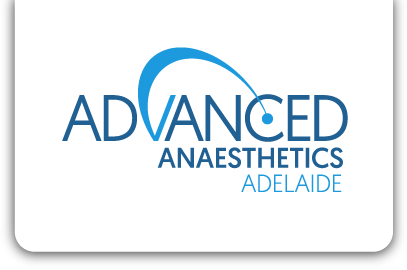We’re always here to help.
Anaesthesia and Children
Anaesthesia is safe and can be given to children of all ages, including newborn babies.
The anaesthetist’s role is to ensure your child is anaesthetised safely and comfortably. The anaesthetist will stay with them at all times during the operation and monitor them closely.
Before the operation
The anaesthetist will need information such as:
- When your child last had anything to eat or drink
- Any recent coughs, colds or fevers
- Any previous anaesthetics or family problems with anaesthesia
- Abnormal reactions or allergies to drugs
- Any history of asthma, bronchitis, heart problems or other medical problems
- Any medications your child may be taking
- Any loose teeth
Fasting
Having food or drink in the stomach can be dangerous both during and after the anaesthetic, as stomach contents may enter the lungs. Prescribed medications may be taken with a sip of water prior to anaesthesia unless otherwise directed.
For infants under 6 months of age having an elective procedure, formula may be given up to 4 hours, breast milk up to 3 hours, and CLEAR fluids up to 2 hours prior to anaesthesia.
For children 6 months – 2 years of age having an elective procedure, breast milk or formula and limited solid food may be given up to 6 hours prior to anaesthesia. CLEAR fluids are encouraged up to 2 hours prior to anaesthesia.
For children over 2 years of age having an elective procedure, solid food may be given up to 6 hours prior to anaesthesia. CLEAR fluids are encouraged up to 2 hours prior to anaesthesia.
Individual anaesthetists may offer further clear fluid orally
- clear fluid = water or clear apple juice only
- limit 50ml / hour
It is important that you speak to your doctor about when children should stop eating and drinking.
What to expect
There are various forms of anaesthesia that your child may receive, depending on the operation he or she is to have:
- General – in which your child is “asleep”.
- Regional – when one large area of the body is numbed.
- Local – when one small part of the body is numbed.
A parent may be allowed to remain with their child as he or she is anaesthetised depending on the circumstances. Discuss this option with your anaesthetist.
Children are usually anaesthetised in a way that is different from that used for adults. An older child may have a tube inserted into a vein, known as an IV (intravenous) cannula. They are anaesthetised using intravenous drugs into the cannula, 30-60minutes prior. Anaesthetic cream can be used to numb the skin and minimise any discomfort.
Younger children may be anaesthetised via intravenous anaesthetic medication or a mask that delivers anaesthetic vapour. The more appropriate option for your child will be discussed with you by your anaesthetist. Starting anaesthesia with a mask may be an unfamiliar experience for you and your child. Your anaesthetist will aim to make you and your child comfortable with the environment to allow the mask to be close to your child and anaesthesia to be achieved efficiently.
As your child breathes the vapour and loses consciousness, his or her eyes may roll back. They may snore or move their arms or legs. All these are part of the normal process as the child moves through different stages of anaesthesia.
The accompanying parent will be shown to the waiting area after the child is anaesthetised.
After the operation
Once the surgery is finished and your child is awake in the recovery room, you may be called to be with them.
The nursing staff in the recovery room will continue to monitor your child and ensure that your child continues safely through the recovery phase. Should there be any issues with pain, nausea or vomiting, or unusual bleeding from the operation site, the nursing staff will follow strict instructions to treat these.
Often a child will cry upon waking from an anaesthetic and there are multiple causes for this, including waking in an unfamiliar environment, pain and sometimes a type of confusion that can be caused by anaesthesia. Children with this condition may be agitated, restless and confused. The condition resolves with time but may need an anaesthetist to administer medication to settle your child.
Source:
Anaesthesia and Children. ANZCA Patient Information card.


